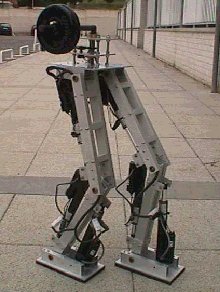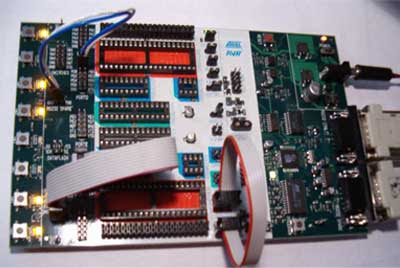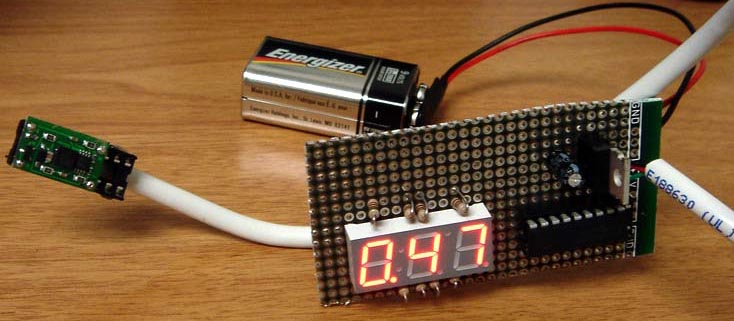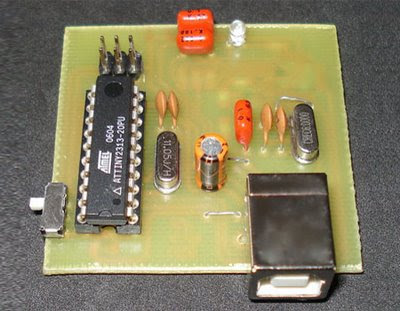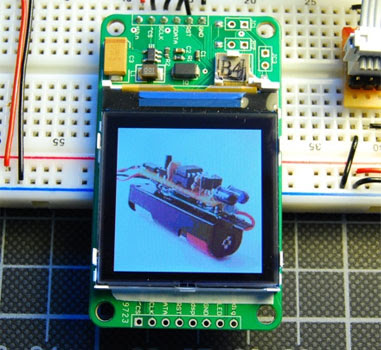Card Reader Using Microcontroller
This is a simple version of Card Reader. Why? because this Magnetic Card Reader only in read only environment. It only read the information stored in magnetic card. The purpose of the project is used as card debugger. There are three main part in this project :
- A reader to capture digital characters from the card
- A RISC microcontroller to store data and check for errors
- A display to relay the magstripe contents to the viewer
"The Magstripe (Track 2) Reader project can be used to view numerics stored a magnetic data card. Although there is no writeback ability, the device is very useful as a card debugger. The treatise will use an LCD character display to relay this data to the user. The circuit uses an AVR microcontroller and can modified to work with similar RISC controllers."Although the card reader can't write back to magnetic card, I guess this is a one of good reference to learn how card reader work. For download the reference clik here (zip file) or visit this link
Thanks to Brady Mayes for great card reader based on microcontroller.



























